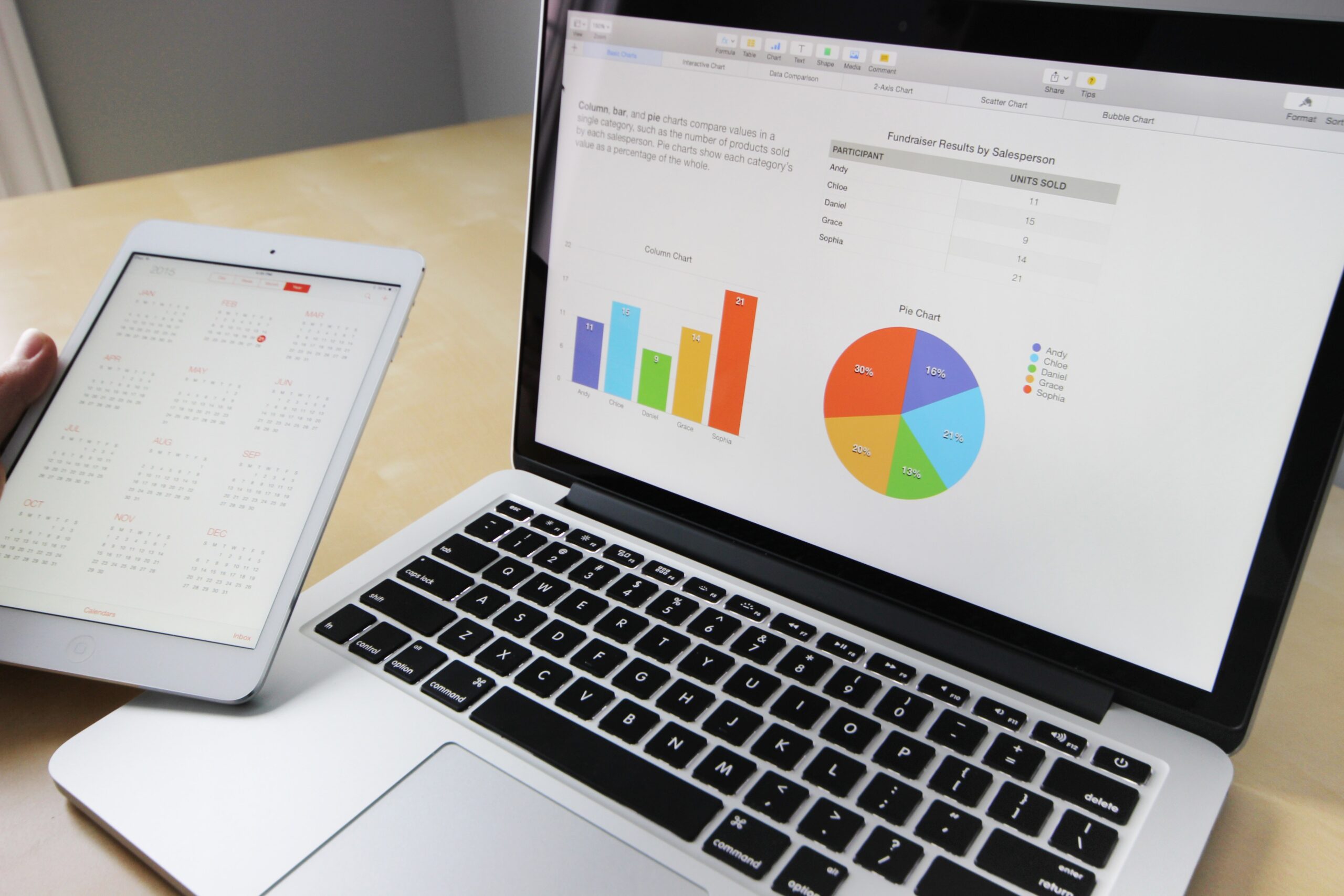 Are you looking to compare the performance of a business, organization, or market between two different points in time? Year-over-year (YOY) analysis offers a powerful tool to help analysts and investors compare trends and performance over multiple periods.
Are you looking to compare the performance of a business, organization, or market between two different points in time? Year-over-year (YOY) analysis offers a powerful tool to help analysts and investors compare trends and performance over multiple periods.
Table of Contents
ToggleKey Takeaways
- Comparing performance year-over-year allows you to measure the progress of an event in multiple periods on an annual basis.
- Comparing year-over-year results is an efficient way to measure a company’s financial performance.
- To evaluate a company’s financial performance, investors typically look at year-over-year reporting.
What Is a Year-Over-Year Comparison?
Year-over-year is a popular method of financial comparison used to measure the performance of a company over a period of time. It is often used to compare two or more measurable events on an annualized basis, allowing for an assessment of whether the company’s financial performance is improving, static, or worsening.
Why Is Year-Over-Year Growth Significant?
YOY growth is an important metric for businesses to track and measure. It can provide valuable insights into the performance of a business over time, allowing companies to identify areas that need improvement or are performing well. YOY growth calculations can show you what strategies are working and which ones aren’t, helping you make informed decisions about how to move forward.
In addition, YOY growth can be used to attract investments from potential investors. Investors want to see that a company is growing year-over-year in order to feel confident in their investment decision.
Furthermore, YOY growth helps put seasonality into context by showing how a business is doing compared to the same period in the previous year. This allows companies to better understand their performance and make adjustments accordingly.
YOY growth can also help spot errors or discrepancies in data that may have gone unnoticed otherwise. All of these factors make YOY growth an essential metric for businesses to track and measure.
Benefits of Year-Over-Year Comparisons
YOY measurements are invaluable for comparing data sets and making informed decisions. By using YOY data, financial analysts and investors can quickly assess whether a company’s revenue is increasing or decreasing. This comparison allows for accurate comparisons despite seasonal consumer behavior.
YOY performance is also beneficial for investment portfolios. Investors can use this data to track changes in performance across time and make more informed decisions about their investments. YOY measurements provide an easy way to compare different years of data, allowing investors to identify trends and make better decisions about where to invest their money. With YOY measurements, investors can easily spot potential opportunities or risks that may not be apparent with other methods of analysis.
How To Calculate Year-Over-Year Growth
Calculating year-over-year growth is an important tool for businesses to measure their performance over time. YOY growth helps businesses track changes in revenue, profits, and other key metrics from one period to the next. To calculate YOY growth, you need to compare the same metric from two different periods of time. For example, if you want to calculate YOY revenue growth, you would compare your current month’s revenue with the same month’s revenue from the previous year.
To begin calculating year-over-year growth, collect data from both periods you are comparing. This could be sales figures, profit margins, number of customers or any other metrics being tracked. Once you have this data collected, subtract the value of the earlier period from the later period and divide it by the earlier period’s value. This will give you a percentage change which is your YOY growth rate. It is important to keep in mind that when calculating YOY growth rates for longer periods of time such as a year or more, it can be helpful to break down each month into its own calculation so that any seasonal fluctuations are accounted for in your results.
How To Calculate Year-Over-Year Growth
Month-over-Month (MoM) analysis is a useful alternative to YoY analysis for tracking changes in data over time. MoM analysis looks at the change in data from one month to the next, allowing analysts to identify short-term trends and fluctuations that may not be visible when looking at longer time periods. This type of analysis can be especially useful for businesses that experience seasonal fluctuations or have recently undergone significant changes such as a new product launch or marketing campaign.
Quarter-over-Quarter (QoQ) analysis is another alternative to YoY analysis. QoQ looks at the change in data from one quarter to the next, allowing analysts to identify trends and fluctuations on a slightly longer timeline than MoM. This type of analysis can be especially useful for businesses that experience quarterly cycles or have recently undergone significant changes such as a new product launch or marketing campaign. Additionally, QoQ can provide insight into how well a business is performing relative to its competitors since it allows analysts to compare performance across multiple quarters.
Conclusion
Year-over-year comparison can be a useful technique for businesses to measure the success of their initiatives and understand how their performance is evolving over time. By closely analyzing year-over-year data, companies can uncover new insights about their customers, trends in the market, and areas for improvement in order to better meet customer needs and optimize results. Additionally, comparing year-over-year performance provides businesses with valuable context into what has worked or failed in the past which they can use to inform future strategy and make data-driven decisions.
Year-Over-Year FAQs
What is year-over-year growth?
Year-over-year growth compares the current financial performance of a company to its data from the prior year.
What are the most common types of analysis?
Common year-over-year comparisons include annual and quarterly as well as monthly performance.
What is seasonality?
Financial metrics such as sales and profits vary over different parts of the year, due to most businesses having a high-demand period and a low-demand season.



